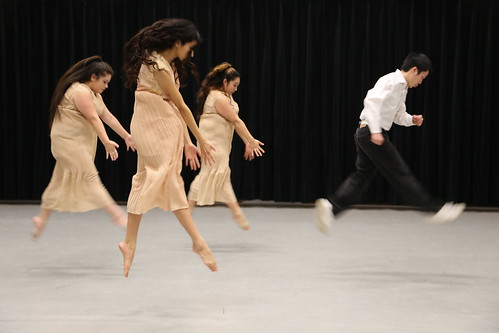I recently read the book “The 5 Languages of Appreciation in the Workplace” (co-authored by Gary Chapman, who wrote the “The 5 Love languages” and Paul White). It is a quick read.
The authors of the book write about an approach they call “motivation by appreciation”. They propose that appreciation is a key element to a healthy, positive, and productive workshop. They also suggest that, individually, we have preferences for certain ways of being appreciated. The five categories Chapman and White write about are:
- Words of affirmation: Using words to communicate a positive message to another person. Example: Verbal praise for an accomplishment and/or for character and/or personality.
- Quality time: Hiving a person your focussed attention. Example: Setting aside time to connect individually with co-worker to have a quality conversation about an aspect of their work.
- Acts of service: Providing assistance and helping out a co-worker. Example: Pitching-in to help a colleague finish a task.
- Tangible gifts: Offering a tangible gift/reward to an individual. Example: Giving tickets to a classical music concert to someone who loves classical music.
- Physical touch: Having appropriate physical contact with a colleague to show appreciation for their work. Example: High five, fist bump.
I think my preferred languages are: 3 and 1, but I also know #2 is something I value a lot. Perhaps I should ‘take the test‘? I have asked my co-workers what they think their preferred languages are–I’d like to know to be able to act of it.
Want to know more, but don’t want to read the book? You can read over this slideshare video by Leonard Slutsky.
You may wish to visit the Appreciation at Work website (the “learn” section has short videos and articles).
Photo by Clever Cupcakes. Creative Commons on Flickr.




